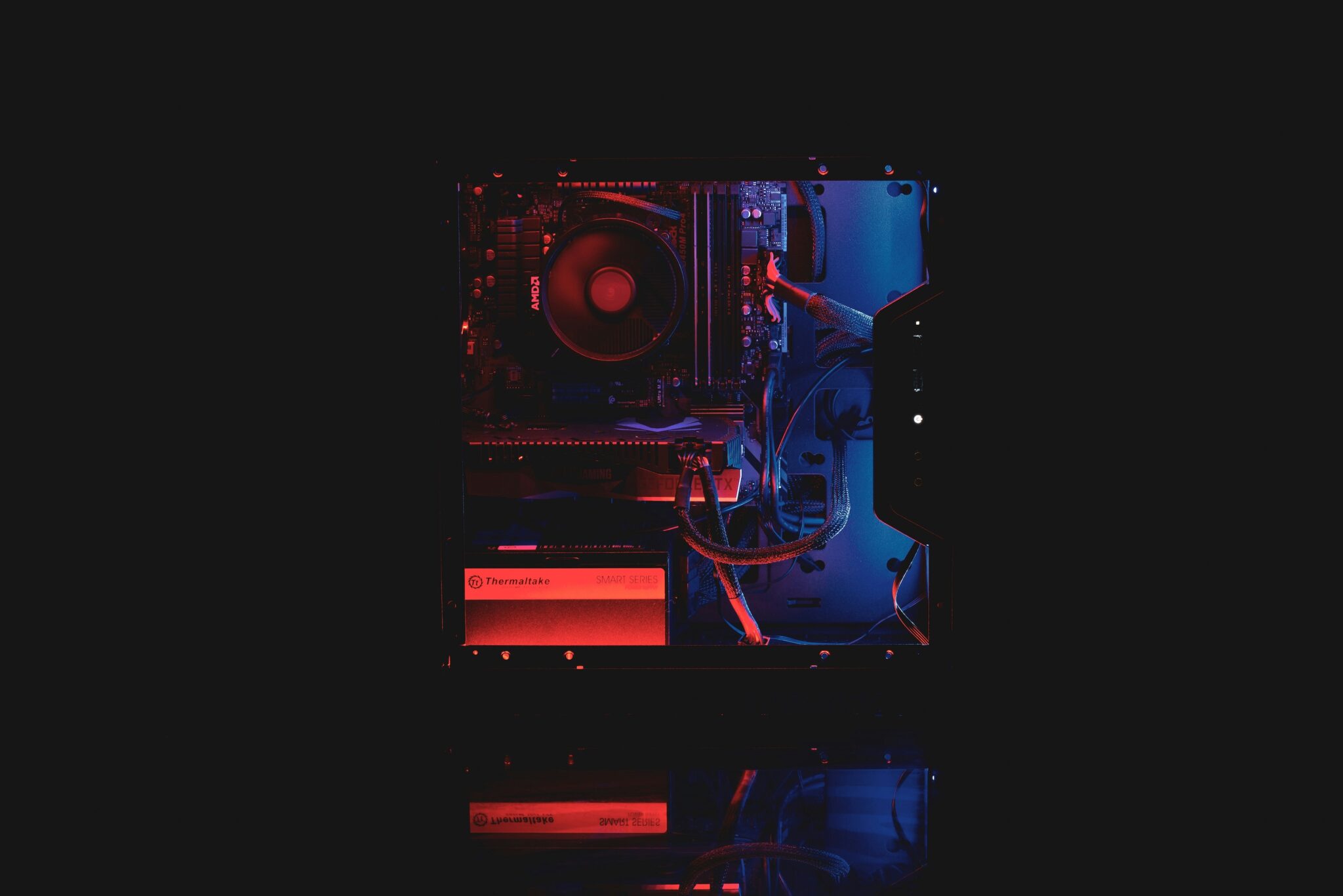
How AI Learns from Veterinary Data: Inside the Algorithm’s Mind
Understanding How Large Language Models Support Veterinary Reasoning
1. The New Way of Learning: Not by Data, but by Dialogue
In the past, teaching an algorithm meant feeding it thousands of patient cases and hoping it would generalize well enough to predict future outcomes.
Today, something more flexible has emerged — Large Language Models (LLMs) such as GPT.
Instead of being trained on your own datasets, these models come pre-trained on vast global knowledge.
Through secure APIs, Djuripedia uses them not to store or analyze patient data, but to reason interactively about veterinary situations.
When a user interacts with AIVET PRO, the model doesn’t “know” the patient.
It builds understanding through conversation, asking and answering questions to refine context — much like a skilled clinician probing an anamnesis.
2. How the System Actually “Thinks”
Each chat is a structured reasoning process:
-
Open questioning to reduce bias — broad enough to allow unexpected answers.
-
Iterative refinement — the AI re-asks, clarifies, and summarizes.
-
API-based orchestration — multiple calls are made to LLMs to keep reasoning consistent and contextual.
-
Case synthesis — the system builds a structured outline of the problem without storing identifiable data.
This process doesn’t train the AI.
It uses its linguistic reasoning capacity — the ability to connect medical, physiological, and behavioral concepts — to construct a case narrative dynamically.
3. Why Asking the Right Question Matters More Than Having All the Data
In traditional machine learning, the goal is to gather every possible input.
In Djuripedia’s approach, the key is to ask better questions.
By designing the chat flow around low-bias, open-ended dialogue, the system extracts the kind of nuanced information a rushed consultation might miss — things like subtle behavioral changes, environmental stressors, or owner observations.
Each answer slightly reshapes the next question.
That’s how the AI “learns” — not by memorizing data, but by navigating the space of meaning in real time.
4. Multi-Model Reasoning: The Power of Comparison
Different LLMs think differently.
While Djuripedia currently uses GPT-based models, future versions will integrate others such as Gemini and Grok.
Each model has its strengths:
-
GPT excels at structured reasoning and precision.
-
Gemini will add live data integration and visual context.
-
Grok brings conversational fluidity and creative synthesis.
By comparing reasoning paths between models, Djuripedia can detect consistency and divergence, improving reliability without retraining anything locally.
It’s like getting second and third opinions — instantly.
5. Why We Don’t Train Our Own Model (Yet)
Creating a proprietary diagnostic model sounds appealing but would currently introduce more problems than it solves.
Most available veterinary data is fragmented, species-specific, and regionally biased.
Without rigorous curation, such models risk amplifying those biases instead of correcting them.
That’s why Djuripedia’s philosophy is clear:
“Use the world’s most advanced models first — and train your own only when you can do it ethically and accurately.”
When the ecosystem around Djurilab and future partners matures, Djuripedia can connect verified datasets safely — but not before.
6. The Inspiration: A New Kind of Diagnostic Reasoning
Djuripedia’s development is guided by a patented idea: an inverse reasoning process that identifies the next most informative measurement for improving diagnostic accuracy.
In other words, rather than just guessing possible diagnoses from symptoms, the system calculates what information to gather next to reach the truth faster.
This principle — born from research at KTH Royal Institute of Technology — represents the next frontier: connecting LLM reasoning with mathematical optimization.
The concept isn’t implemented here yet, but it defines where Djuripedia is heading — toward precision questioning guided by both human and artificial intelligence.
7. Responsibility and Transparency First
Because Djuripedia uses general LLM APIs, every interaction is treated as ephemeral reasoning, not stored data.
No clinical or personal information becomes part of model training.
All responses are verified for clarity, transparency, and educational intent.
This commitment to ethical use ensures that Djuripedia remains a trustworthy bridge between veterinary practice and emerging AI technology — open, responsible, and honest about its capabilities.
8. The Heureka Moment: AI as a Question Partner
AI doesn’t need to replace veterinarians — it just needs to ask the right questions.
When guided responsibly, it becomes the perfect discussion partner:
-
unbiased but curious,
-
data-driven yet open-minded,
-
fast, but still reflective.
That’s the new learning paradigm.
Not algorithms consuming data, but humans and AI co-creating understanding — one question at a time.
Related Reading
| Article | Focus |
|---|---|
| When to Trust AI vs. Clinical Experience | Understanding the balance between machine reasoning and clinical intuition. |
| Responsible Intelligence: Djuripedia’s AI Ethics Framework | |
| Future of Adaptive Questioning in Veterinary Diagnostics |





